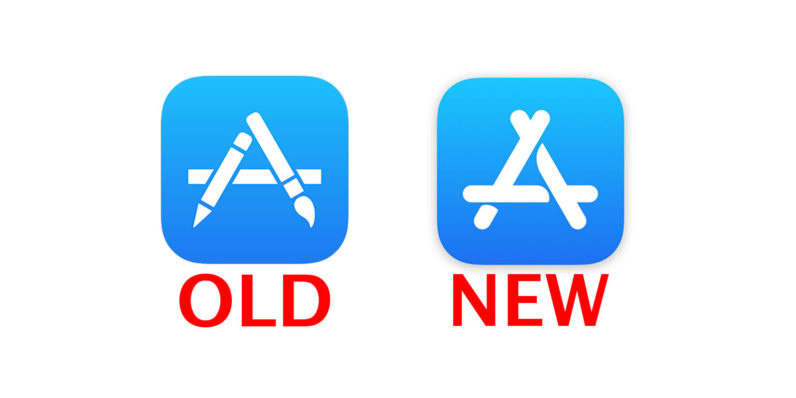
- #Target disk mode mac usb c how to#
- #Target disk mode mac usb c password#
- #Target disk mode mac usb c Bluetooth#
- #Target disk mode mac usb c mac#
- #Target disk mode mac usb c windows#
#Target disk mode mac usb c mac#
This adapter is bidirectional, which means you can use it to connect Thunderbolt 3 devices to a Mac that has a Thunderbolt or Thunderbolt 2 port. I have run across this text on officical Apple docs for the Apple Thunderbolt 3 (USB-C) to Thunderbolt 2 Adapter: I then tried the Apple ones, but these did not work either. However, whatever cable I tried using, nothing worked. I’ve tried this and this first, but they worked only for connecting Displays.

Following the instruction from the Udemy course of Michael Leclair, I’ve bougth a Thunderbolt2-Thunderbolt3 cable to connect these two PCs. I have an old MacBook (see this blog post) and a new one with M1 chip.
#Target disk mode mac usb c windows#
It seems to me that the idea is pretty much the same as with prefetch in Windows 🌈. NAND flash drive stores the most often used files like system ones and also those files that are used by the user more often than others. Fusion Drivesįusion drive is the combination of an ordinary drive and a small NAND flash drive as well that appear as one logical volume in the OS, but when you try imaging it, you’ll get two different drives and the image will be somewhat corrupted for the analysis tools if you don’t assemble it correctly. Prevents the host computer from writing data to the target macbook when using Target Disk Mode. So, trying to use the cable that came with the charger shouldn’t work since it supports USB 2.0 transfer only. usb-c charging cable provided is only usb2.0 for data transfer to do thunderbolt target disk mode you need a thunderbolt 3 cable (expensive) Supports live imaging of Apple Silicon Macs! Target Disk ModeįileVault 2 Target Disk Mode Unlock Using the Personal Recovery Key. Sounds made up, but Mac forensics expert said that this is what it looks like now.Īlso, they talked about ITR tool that images and triages Mac devices.
#Target disk mode mac usb c Bluetooth#
That means than if there is someone with Bluetooth enabled on the crime scene, the owner of the evidence (Mac device) can send a command to wipe his notebook leveraged through the investigator’s Bluetooth. There used to be some disk mode in which one could perform imaging, but now it doesn’t work without a passcode as well.Īnother interesting key point is that now the kill signal can be sent over Bluetooth as well. At the moment, Mac forensics resembles iOS forensics in that there is probably little you can do without a password.
#Target disk mode mac usb c password#
But after T2 Mac imaging has become even more painful since it’s impossible to image a drive without a password and another Mac even if File Vault is turned off. Samuri stumbled upon it and they had to work this out. But then they’ve added Fusion Drives which was quite a trouble for analysts. Below I am listing some key points not to forget and to work on them later.Īt first, Mac imaging was no different from imaging other devices running other OS (Windows or Linux). Select From another Mac, PC, Time Machine backup, or other disk then select From a Mac, Time Machine backup, or startup disk.I’ve recently listened to DFSP podcast in which Steve Wahlen talked about different caveats in Mac forensics. In this scenario, your new Mac (which you're transferring data to) is the host and your old Mac (which you want to pull data from) is the target.Ĭonnect the target and host, boot the target into Target Disk Mode as normal, then on the host launch Migration Assistant under Utilities. There's no faster way to achieve this than with Target Disk Mode. If you've bought a new Mac, you're going to want to transfer your old data to it. Transferring Data With macOS Migration Assistant

A wired transfer via Thunderbolt is much faster than a similar wireless transfer using the notoriously buggy AirDrop. This is most useful for large files like videos, media libraries, disk images, and so on. If you're used to transferring files between computers using intermediary media like an external hard drive, why not use Target Disk Mode instead? There's no need to copy from your Mac to a USB volume, then from the USB volume to your destination-simply move from Mac to Mac.
#Target disk mode mac usb c how to#
Now that you know how to use target disk mode, you should familiarize yourself with some of the applications for this boot mode.


 0 kommentar(er)
0 kommentar(er)
